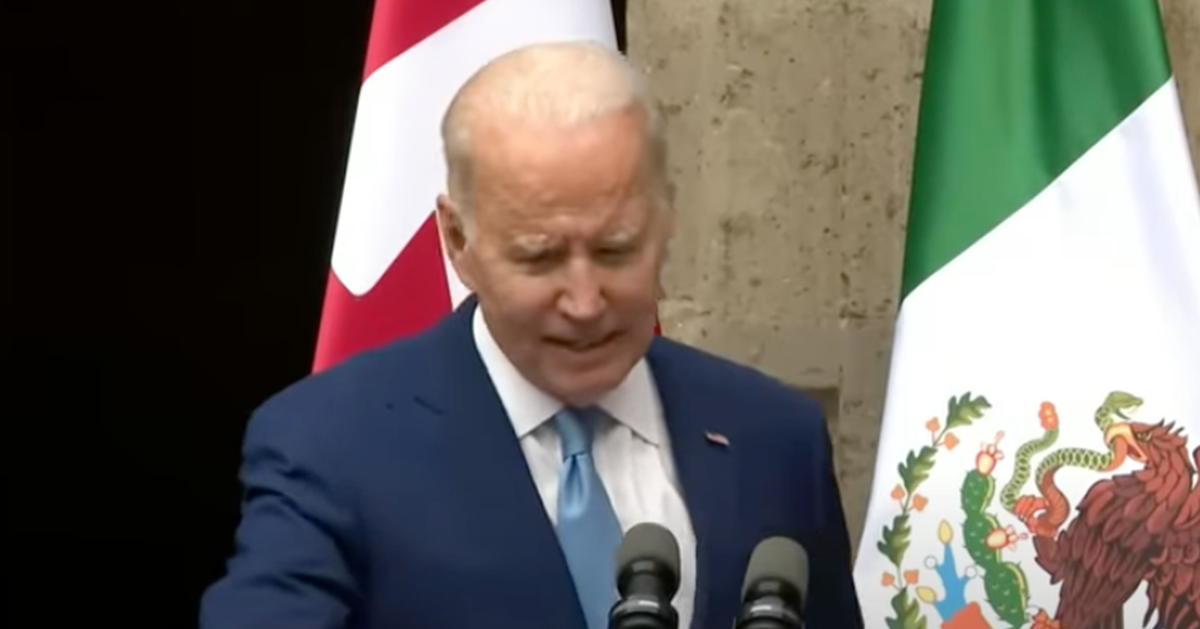GOP Regains Alaska House Seat as Begich Defeats Peltola
Republican Nick Begich clinched a victory over Democrat Rep. Mary Peltola in Alaska, flipping the state’s at-large congressional district back to GOP control.
Begich's victory not only marks a key seat change but also brings the Republican tally to 220 in the House, ensuring majority control, as The Hill reports.
A Strategic Win for the GOP
Begich's success is seen as a particularly noteworthy achievement for the party.
This is because it returns the seat to Republican hands after Peltola had won it for the Democrats a little over two years ago.
The Republicans had targeted this seat as a critical "offensive pickup" opportunity in their broader campaign strategy.
The election dynamics were shaped significantly by the withdrawal of Lt. Gov. Nancy Dahlstrom from the race.
Endorsed by former President Trump and listed as one of the Republicans' "Young Guns," Dahlstrom engaged in an exit that was designed to consolidate Republican support behind Begich.
That, in turn, boosted his chances of defeating Peltola.
Ranked-Choice Voting's Role
The election was conducted under Alaska’s ranked-choice voting system.
The method is one that has seen both support and criticism from various political figures.
This system played a pivotal role in the electoral process, influencing the campaign strategies of both major parties.
Despite the united front presented by the Republicans following Trump’s endorsement of Begich, the campaign was a challenging one.
This was especially true given the state's political landscape where over half of the voters are not registered with a major political party.
Looking Ahead to Ballot Proposals
Looking forward, the ranked-choice voting system itself is under scrutiny, with a proposal to repeal it set to appear on the ballot this fall.
This adds another layer of complexity to Alaska’s political future and could reshape how elections are conducted in the state.
The implications of Begich’s victory extend beyond just a shift in party control.
It reflects broader national trends and the ongoing polarization that affects voter alignment and party strategies.






